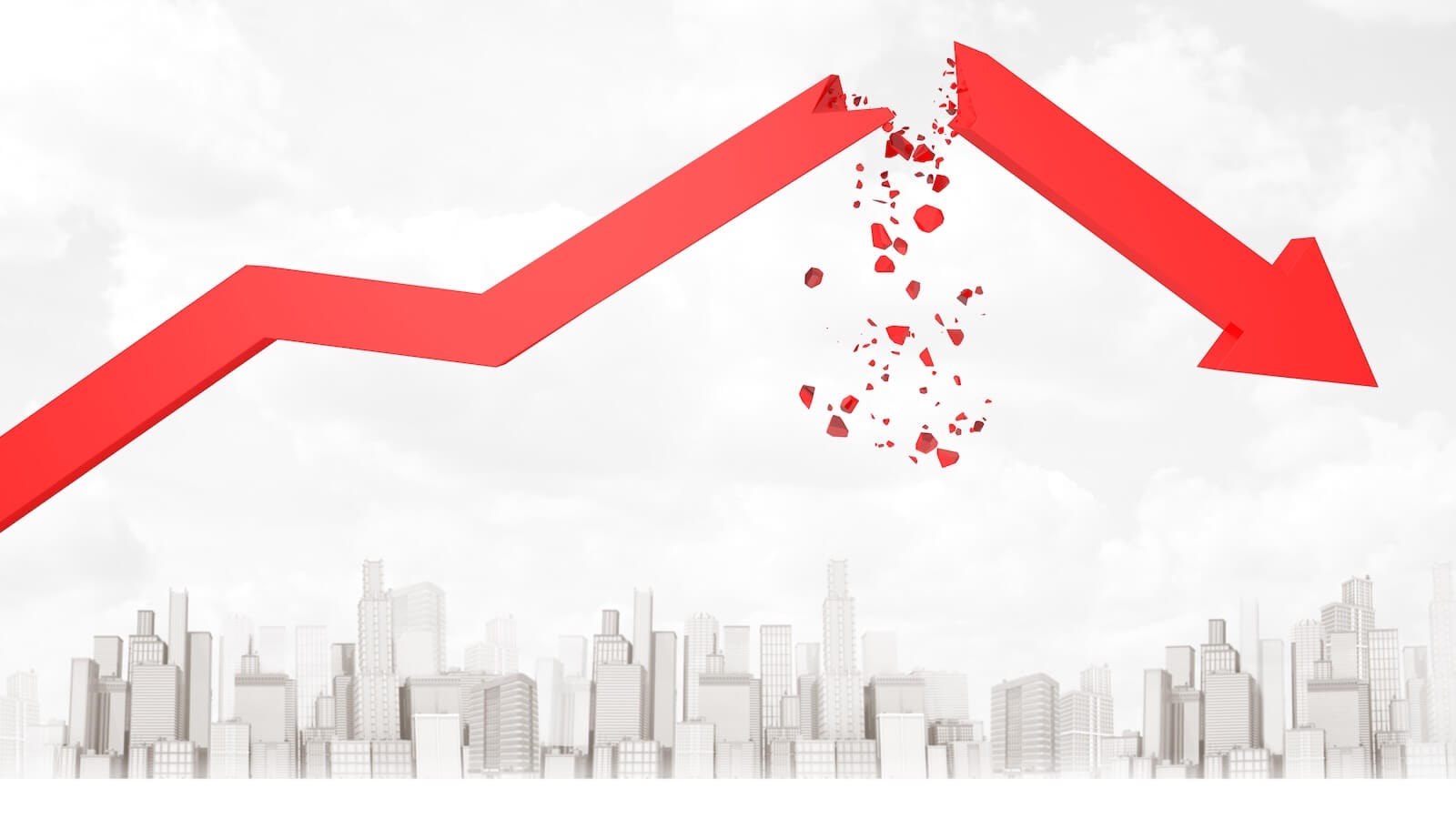STAPLES AND HEALTHCARE SPDRS BREAK RESISTANCE -- CONSUMER DISCRETIONARY SPDR TESTS 200-DAY AVERAGE -- SOME STOCKS IN THAT GROUP HAVE ALREADY BOTTOMED -- CRB INDEX TESTS SPRING LOW -- RUSSELL 2000 IS TESTING ITS JUN HIGH
TWO SECTOR LEADERS ARE STAPLES AND HEALTHCARE ... Until proven otherwise, the two strongest market sectors are still consumer staples and healthcare. And both are defensive categories. Chart 1 shows the Consumer Staples Select SPDR) trading at a new eight month high after breaking through its spring high. It's nearing a test of its record high formed last December. Its relative strength ratio (below chart) has been rising since last summer when the market started to peak. Chart 2 shows the Health Care SPDR (XLV) bottoming at the end of June. The XLV has exceeded its spring high and its 200-day moving average. Its relative strength line turned up during May when the last market rally ended. The simplest way to play the two sectors is through these ETFs. If you're a stock picker, there are lots to choose from.

Chart 1

Chart 2
STAPLE LEADERS ... Here are three recent leaders in the consumer staples group. Chart 3 shows Kroger hitting a 52-week high. Chart 4 shows Sysco having cleared its spring high. Both relative strength lines are rising. I showed Procter & Gamble earlier in the week. I'm showing it again today (Chart 5) because the stock is breaking through its April high near 70. You can find others in the S&P Sector Carpet under Consumer Staples.

Chart 3

Chart 4

Chart 5
HEALTHCARE LEADERS ... Here are three healthcare leaders with strong chart patterns. Chart 6 shows Abbott Labs nearing a test of its January high. Chart 7 shows Genzyme exceeding its January high. Chart 8 shows Millipore breaking out to a new 2008 high this week. All three show rising relative strength lines. There are others that can also be found in the S&P Sector Carpet under Healthcare.

Chart 6

Chart 7

Chart 8
CONSUMER DISCRETIONARY TESTS 200-DAY LINE... The next strongest sector behind staples and healthcare has been consumer discretionary stocks. Chart 9 shows the Consumer Discretionary SPDR (XLY) testing its 200-day average. It's also still well below its May high. Its relative strength line, however, is showing improvement. It's too soon too call a bottom in this economically-sensitive group. But several individual stocks in the group are showing signs of having bottomed.

Chart 9
DISCRETIONARY LEADERS... The next three charts show definite signs of having bottomed. Chart 10 shows Kohls on the verge of clearing its May high near 50. Chart 11 shows Jones Apparel having broken out to a nine-month high. Chart 12 shows Radioshack clearing its 200-day line to reach the highest level in six months. All three stocks show rising relative strength lines. The XLY needs to show a lot more strength to send a convincing sign that the group as whole has bottomed. The three stocks shown here, however, appear to be ahead of the curve.

Chart 10

Chart 11

Chart 12
CRB INDEX REACHES FIRST SUPPORT LEVEL ... A rising dollar is keeping downward pressure on commodity markets. Today's trading has pushed the CRB Index down to the 380 level which puts it near its March low. The Fibonacci lines in Chart 12 also show that the 380 level is a 50% retracement of the 2007-2008 advance. That will be the first real test of whether this is just a serious downside correction in commodities or something more serious. If the 380 level doesn't hold, the next downside target would be to the 360 level which marked the highs formed during the first half of 2006 and a 62% retracement of the 2007-2008 advance. Needless to say, falling commodities are giving a boost to groups like airlines and consumer discretionary stocks -- not to mention the market as a whole. Bear in mind, however, that global economic weakness is the main factor driving the dollar higher and commodities lower. That's not necessarily great news. [The CRB Index chart does not include today's price action. I've added that with the purple arrow].

Chart 13
RUSSELL 2000 TESTS JUNE HIGH ... Market analysis is often like a detective game. We're always looking for clues as to which way the market is going to turn. Here's one that I've been watching. I mentioned in an earlier message that small cap strength is a side-effect of a strong dollar. [That's because small caps have less international exposure and are less effected by a stronger dollar]. Small caps also have a history of turning up before large caps at market bottoms. Which brings us to Chart 14. The Russell 2000 Small Cap Index has rallied right up against its June high at 760. Its rising relative strength line shows small cap leadership since May. That's an encouraging sign for as long as it continues. That's why the current test is so important. A breakout through the 760 level would signal a bottom in small cap stocks and would be a positive turn for the entire market. A failure at 760, however, could have the opposite effect. It could signal that the small cap rally has failed. That could have a depressing effect on the entire market. What the Russell 2000 does at the 760 level could be an important clue to market direction.

Chart 14
FOREIGN MARKETS ARE FALLING ... The reason the dollar is rising isn't because of U.S. strength. It's because of foreign weakness. Chart 15 demonstrates how much weakness. The two lines are plotted relative to the S&P 500 which is the flat black line. [The two lines are actually relative strength ratios]. The red line is Emerging Market iShares (EEM) and the blue line is EAFE ishares (EFA) relative to the S&P 500. In the early stages of the U.S. decline during the second half of last year, foreign shares held up relatively well. They started to weaken at the start of the year. Since May, however, they've rolled over big time relative to the U.S. market as foreign economies start to weaken. That means that foreign central bankers will have to start lowering interest rates. The Fed was way ahead of the curve lowering rates and is unlikely to lower rates any further. That's bearish for foreign currencies (and commodities) and good for the dollar. It's also relatively good for the U.S. market which is holding up better than foreign shares. A global bear market, however, isn't something to feel good about. The US may be a bit ahead of the global curve at the moment. But things probably won't get much better until foreign markets find a bottom and start to recover.

Chart 15










